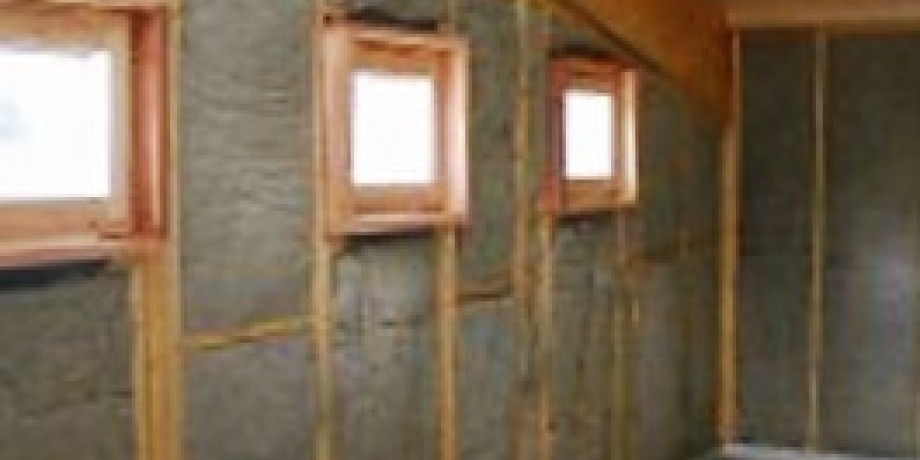Most Popular Soundproofing Techniques

Sometimes Small Things Can Go a Long Way
If you've already insulated your home by adding proper insulation to your walls, floors, loft, and basement, it might be time to explore additional options for enhancing insulation. In modern times, noise pollution has become a significant concern, but fortunately, solutions are available. While some types of thermal insulation also act as noise barriers, they may not be sufficient. To fully enjoy privacy, peace, and calm in your home, consider implementing these popular soundproofing techniques.
Soundproofing Your Windows
Windows are often the most vulnerable part of your home in terms of acoustics. Poorly insulated windows allow most exterior noise, such as traffic or construction sounds, to enter your home. The ideal solution depends on the level of noise you face, so if the noise is severe, consulting an acoustic engineer might be wise.
Once you understand the level of protection your home requires, consider the following options:
- Double Glazing: This popular technique involves adding a second layer of glass to existing windows, reducing sound passage. The gap between the two panes can vary; a standard gap of around 100mm can reduce noise but might decrease thermal performance. Smaller gaps can help reduce higher frequencies, but for lower frequencies, consider using different thicknesses of glass or other alternatives.
- Laminated Glass: If you live near an airport or a busy street, laminated glass is an effective soundproofing option.
- Thicker Glass: For a simpler solution, thicker window glass can effectively block standard neighbourhood and traffic noise. It can also be combined with other techniques like double glazing.
The type and style of your window can also impact your home’s acoustics. For instance, sliding windows allow more air filtration and sound transmission compared to casement windows, which provide a tighter fit. Ensure all air gaps between the window frame and the glass are properly sealed with standard sealants to minimize noise and air filtration.
Soundproofing Your Home Construction
If you're building or renovating your home, now is an excellent time to enhance its acoustic insulation. Consider these options:
- Room Within a Room (RWAR) Technique: This involves adding an additional wall, ceiling, and floor within your home, separating the inner framing from the outer construction. This method effectively traps sound, preventing it from entering or leaving your home. Although it is highly effective against low-frequency noise, this technique can be complex and costly, so it should be used for serious noise issues.
- Double Brick Walls: These can enhance the positive effects of acoustic insulation within walls. By using two layers of brick walls separated by an insulation layer, the wall’s mass prevents sound from traveling in and out of the room, making this technique ideal for separating duplexes and adjoining apartments.
Adding Insulation to Your Doors
Doors, especially external ones, can let in a lot of noise if not properly built and insulated. Here's how to soundproof them effectively:
- Door Type: Sliding doors require a gap between the door frame and the wall, allowing more noise to pass through compared to hinged doors, which leave less space for sound to move.
- Door Material: Wooden doors are better insulators than metal ones, which reflect both sound and heat. Solid core doors are more effective at blocking sound than hollow core doors. For glass doors, apply similar acoustic insulation techniques used for windows, such as double or triple glazing.
- Sealing Gaps: If you don’t want to replace your doors, seal all gaps around the door frame. Use foam or fibre insulation glued on each side of the door to prevent sound passage and seal air leaks. For the gap under the door, use weather strips or add a "door snake" to prevent noise and cold air from entering.
By applying these soundproofing techniques, you can significantly enhance your home's acoustic insulation, allowing you to enjoy a quieter and more comfortable living environment.



































































































































